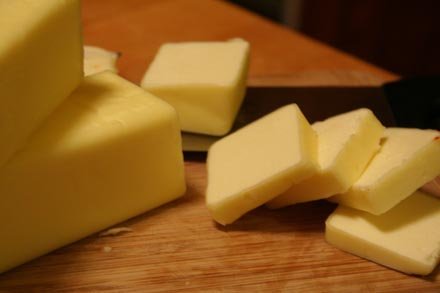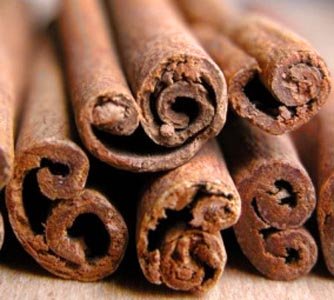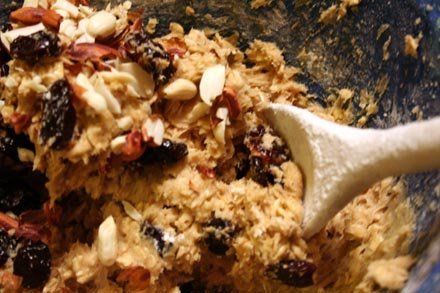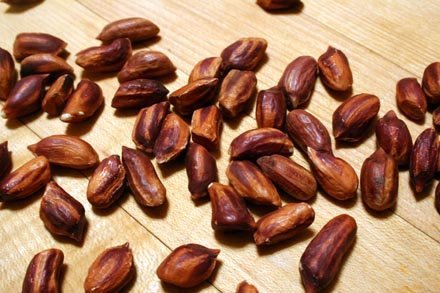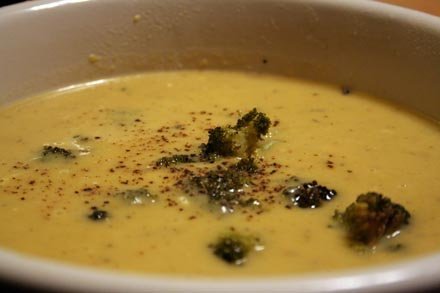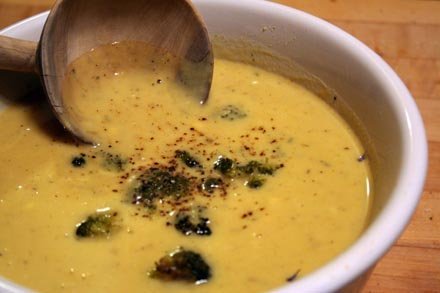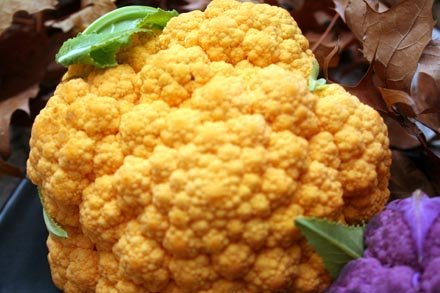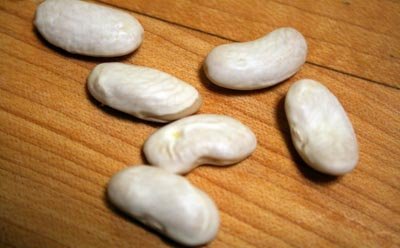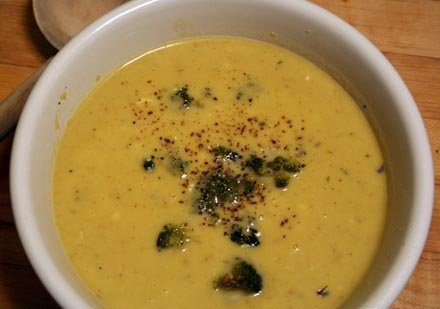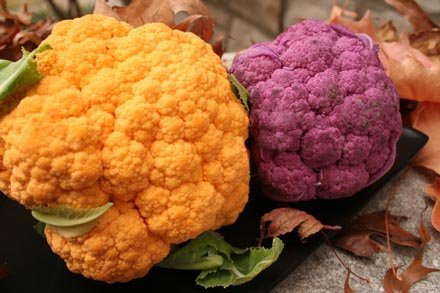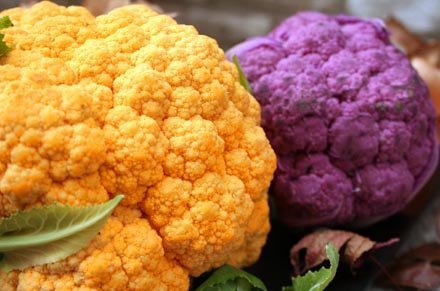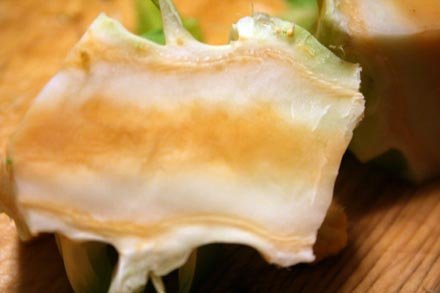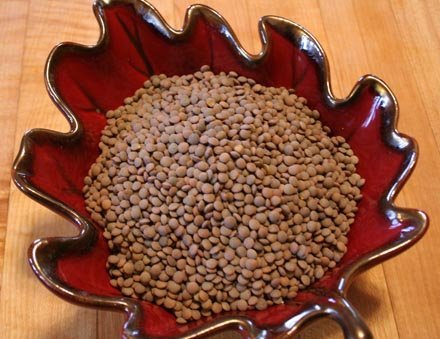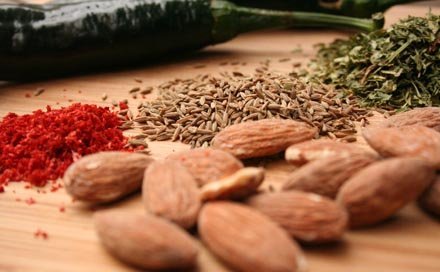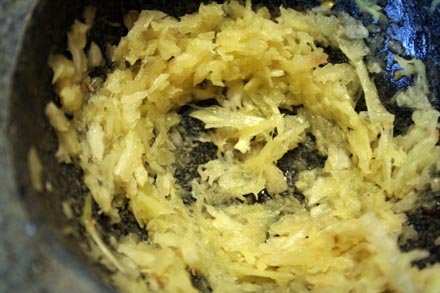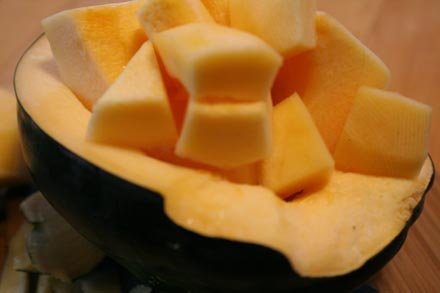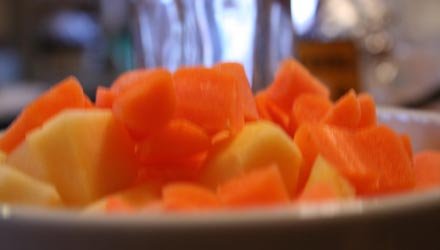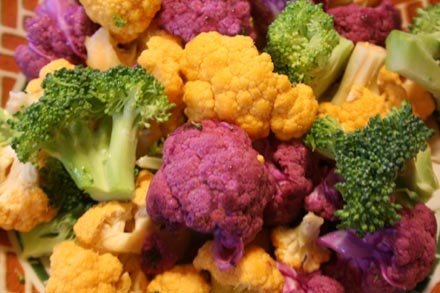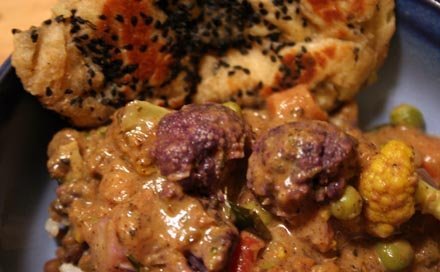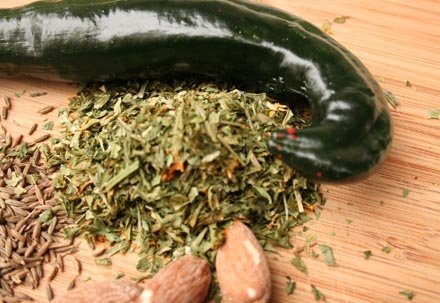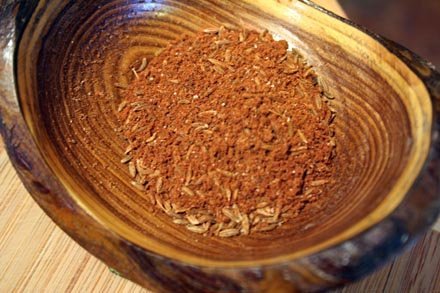That scent. Warm and sweet and having the power to make you believe that all is right within the world: brown sugar. Specifically, brown sugar baking, at about, oh, 350 degrees. The heat emanating from the oven is itself a smell, and a memory, of fiercely cold nights made gentle by the pungent spiciness of cinnamon, the kitchen cat curled, ever hopeful, on the stool in the corner, the creak of the oven door, the windows rattling slightly but holding steady against the railing outside, while steam rises inside. Winter baking is the essence of comfort.
Then take oatmeal, solid and dependable and straightforward, flecking the dough throughout. The finished cookies with their crispy edges and pillowy centers. Throw in some dried sweet cherries (since raisins aren’t my favorite), a double dose of pure vanilla extract, maybe a bit of dark chocolate if you’re feeling impudent. Give me only this on a sleet-spitting night and I’ll be content.
And then there’s the secret ingredient.
(Are you expecting me to tell you that there are heirloom beans in these cookies? There aren’t. Not this week anyway…)
Today we’ve got toasted heirloom jungle peanuts. Please. We already established awhile ago, when I used the lentils, that I was allowed some leniency with the beans now that we’re at the close of the year (though, truth told, I could get through another year with heirloom beans). Even so, this is really pushing it because the jungle peanut is not a bean, nor a pea, and not a nut either. Let’s call them, shall we then, alternative beans. Or non-traditional beans. Technically-not-beans. Call them what you will, but you’ll be glad I used these instead of Jacob’s Cattle.
The jungle peanut hangs close on the family tree to the Planter’s Honey-roasted. What then, botanically speaking, is a peanut? In the botanical sense, the fruit of the peanut plant, though used like a nut, is a legume, belonging to the Fabaceae family (does anyone out there know Latin and want to tell me how to pronounce that, and other botanical words ending with the eae? I’d really want to know). The word pea refers to the edible seed of many plants in that family, and so in that sense it’s sort of like a pea, though technically not.
This Latin semantic maze could wind on and on like a leguminosae tendril, so let me make the seminal point: they taste good in cookies. But first a bit of history.
These heirloom jungle nuts are an ancient variety of peanut which is cultivated in Ecuador by communities of the Achuar Indians (who, among other things, have as their claim to fame the highest murder rate on the planet. This is a fascinating article about that). There are no roads going into this part of the Amazon, and the nuts, which are hand-harvested, then flown or shipped out, represent the Achuar’s only income source.
The big appeal of these nuts, aside from their meaty, earthy, rich flavor and their ability to stay crunchy even after they’ve been cooked, is that they are aflatoxin free. Aflatoxins are the toxic substances, made by molds, that are commonly found on the American peanut. The jungle nuts also contain 26% protein and all 8 of the essential amino acids, making it a complete protein at that. They contain a high percentage of Oleic acid (the fatty acid that gives olive oil it’s healthy kick).
There are lots of places to buy them online, but if you live in a large city, chances are good that you’ll also be able to snag them at (or special order them through) your health food store.
But I promised you a cookie recipe, didn’t I?
Happy Thanksgiving, dear readers. May yours be filled with warm kitchens, tables surrounded by family and friends, and traditions both new and old.
Cherry Oatmeal Chocolate Chunk Cookies with Heirloom Jungle Peanuts
Makes approx 4 dozen
1 cup butter
1 ¼ cups brown sugar, firmly packed
2 eggs
2 teaspoons double-strength vanilla extract
1 1/2 cups all-purpose flour
1 teaspoon baking soda
1 teaspoon Vietnamese cinnamon (available at Penzey’s)
1/2 teaspoon salt
3 cups oats
1 cup dried cherries
1 cup toasted heirloom jungle peanuts
10 ounces dark chocolate chunks
Preheat oven to 350°.
Heat skillet on medium high heat. Pour jungle nuts into the pan and toast them, shaking the pan frequently, until they begin to brown and smell toasted. Allow to cool.
Beat butter and brown sugar together until creamy. Add eggs one at a time, mixing after each addition. Stir in vanilla.
In a separate bowl, combine the flour, baking soda, cinnamon, and salt. Add to the butter mixture, ½ cup at a time, being careful not to over-mix. Gently stir in oats, cherries, jungle nuts and chocolate.
For a firmer cookie that holds its shape, refrigerate dough for 45 minutes. If you like cookies that spread slightly and get crispy at the edges, then you’re ready now to drop dough by tablespoonfuls onto parchment-lined baking sheets. Bake for 12-13 minutes, or until bottom edges are lightly browned. Cool on pans for a few minutes, noting that cookies will continue to bake for awhile after they are retrieved from the oven, so time it accordingly. Let cool completely on wire racks.
 |
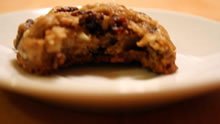 |


